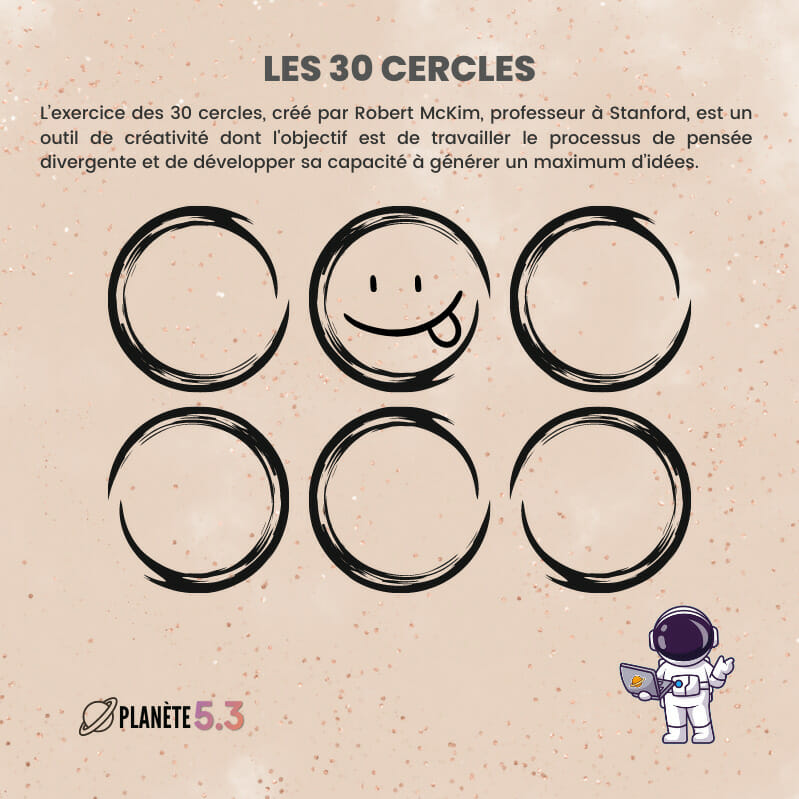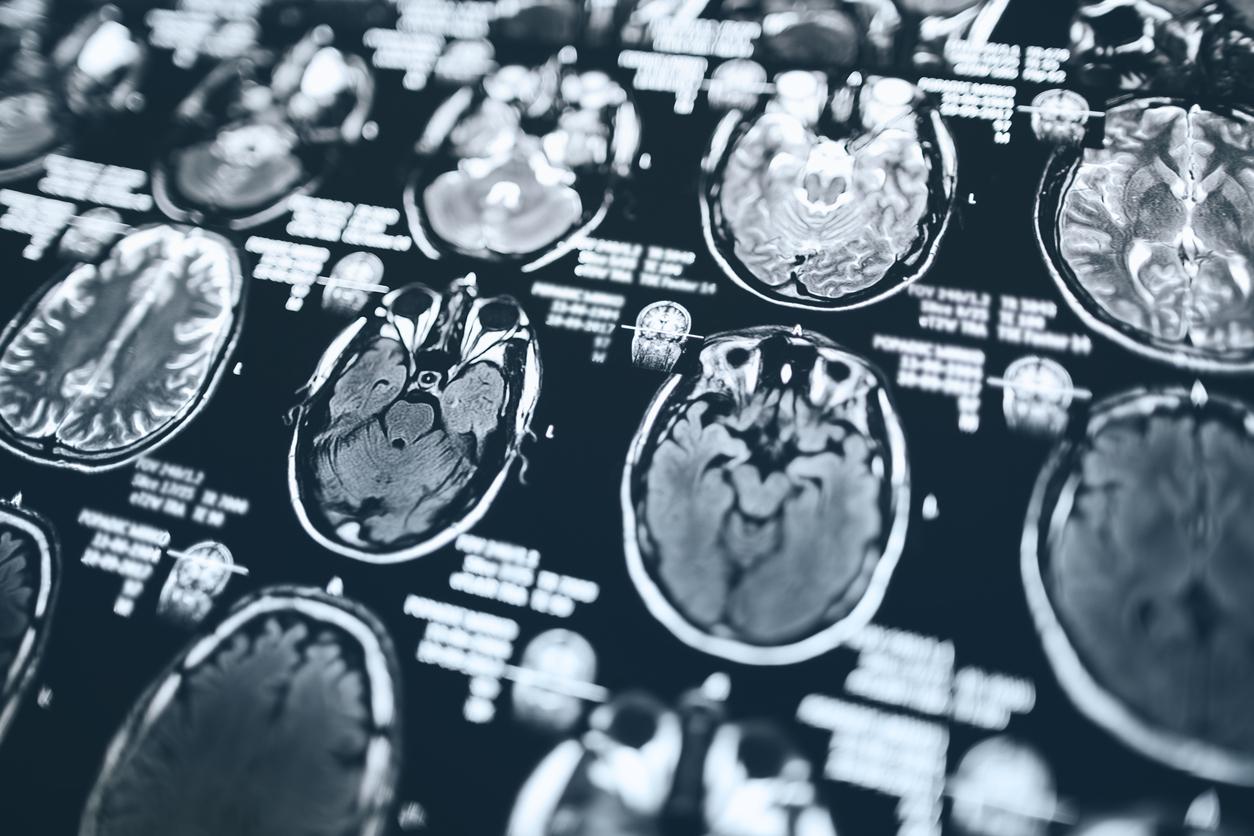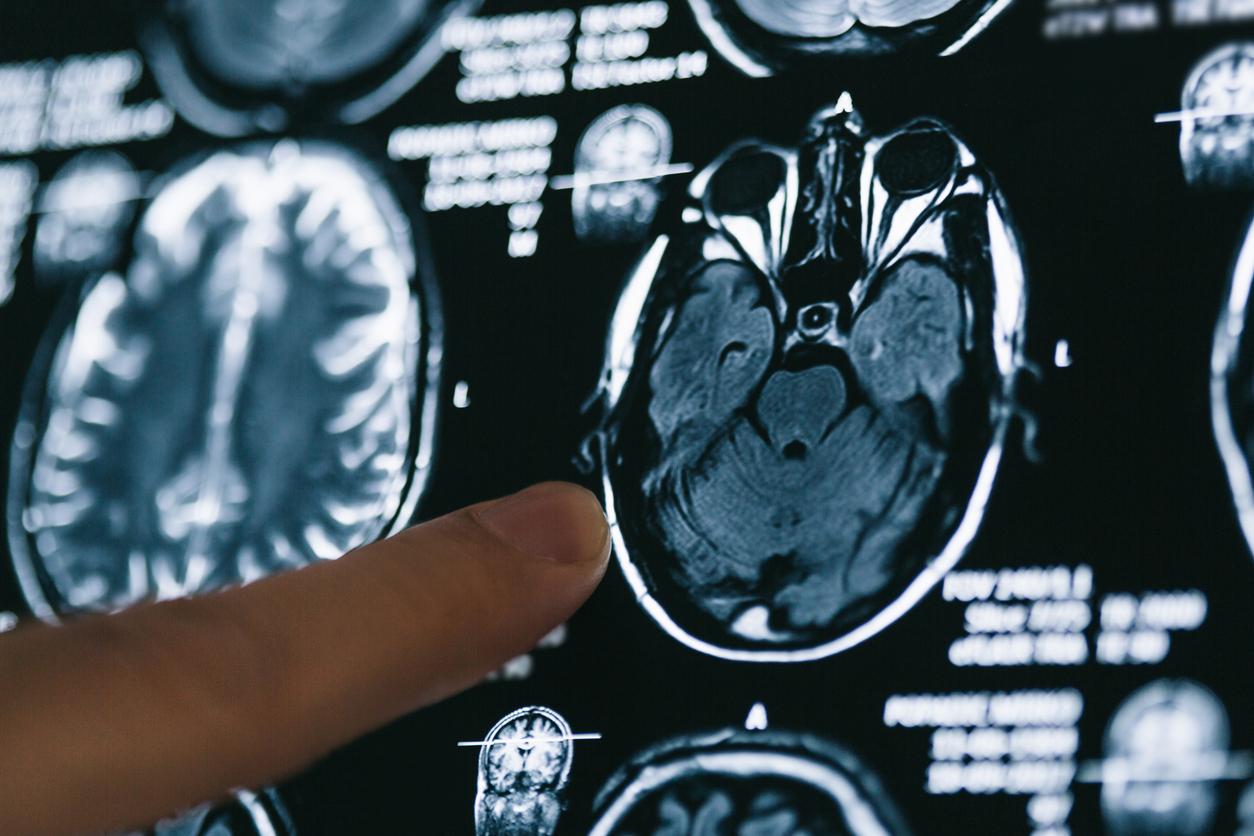Bach, Mozart, Beethoven… By synchronizing the “extended amygdala”, Western classical music generates antidepressant effects.

- Chinese researchers have demonstrated the synchronization of neuronal oscillations in the cortical-BNST-NAc circuit induced by Western classical music.
- People who enjoyed music had greater neural synchronization and better antidepressant effects.
- The antidepressant effects of music are linked to subjective pleasure.
“Music listening is a promising and accessible intervention to alleviate symptoms of major depressive disorder. However, the neural mechanisms underlying its antidepressant effects remain unclear,” said scientists from Shanghai Jiao Tong University (China). That is why they conducted a study, the results of which were published in the journal Cell Reports.
Depression: 13 patients with brain implants listened to classical music
For the purposes of the study, the team recruited 13 people with treatment-resistant depression who had already had electrodes implanted in their brains for deep brain stimulation. These implants are placed in a BNST-NAc circuit, sometimes referred to as part of the “extended amygdala.” In detail, this circuit connects two areas of the forebrain, the nucleus of the stria terminalis (BNST) and the nucleus accumbens (NAc).
The patients were divided into two groups: those who liked music little and those who liked it a lot. Several pieces of Western classical music were used in the study. This type of music was chosen because most of the volunteers were unfamiliar with it and the authors wanted to avoid any interference that might result from subjective familiarity.

Greater neural synchronization and better antidepressant effects in patients enjoying music
According to the results, Western classical music generates its antidepressant effects by synchronizing neural oscillations between the auditory cortex, responsible for processing sensory information, and the reward circuit, responsible for processing emotional information. Specifically, it induces a three-time locking of neural oscillations in the cortical-BNST-NAc circuit through auditory synchronization. Indeed, the team observed that participants who enjoyed the music had greater neural synchronization and better antidepressant effects, while those in the other group performed worse.
In their next research, the researchers plan to focus on several areas. On the one hand, they want to study how the interaction between music and deep brain structures plays a role in depressive disorders. They also want to introduce other forms of sensory stimuli, including visual images, in order to analyze the potential combined therapeutic effects of multisensory stimulation on depression.















